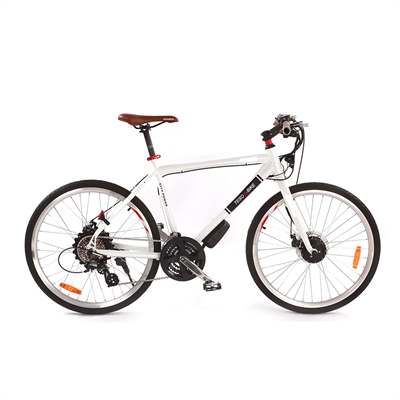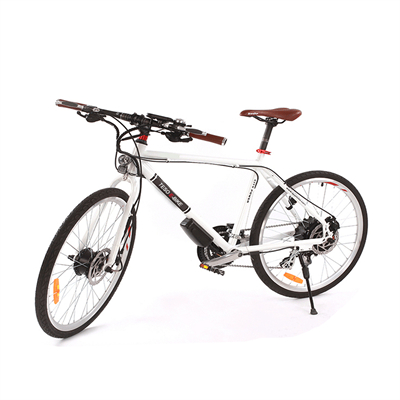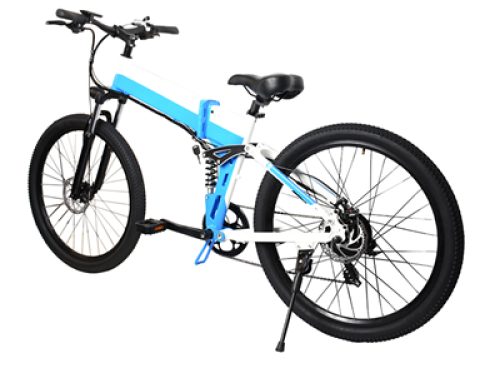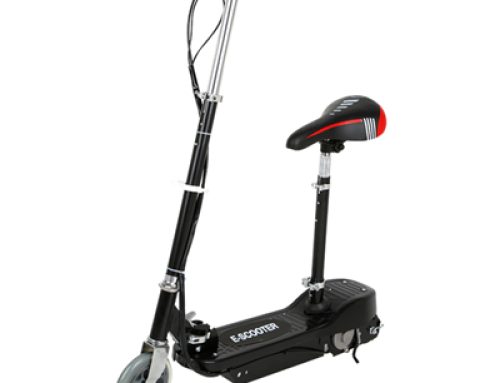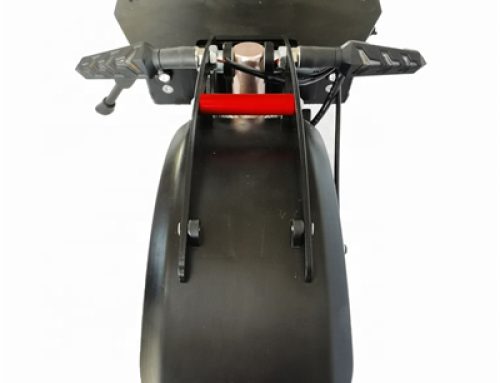Hoverboards have the potential to create several social impacts, both positive and potentially negative, as they become more integrated into society. These impacts can influence how people interact, how cities are designed, and how technology is perceived. Here are some ways hoverboards might affect society:
Positive Social Impacts:
- Alternative Transportation: Hoverboards can offer an alternative mode of transportation for short distances, reducing the reliance on cars for commuting and contributing to decreased traffic congestion and air pollution.
- Urban Planning and Space Efficiency: The compact size of hoverboards could influence urban planning, leading to the creation of more pedestrian-friendly spaces, bike lanes, and pathways. This could lead to more walkable and vibrant cities.
- Community Interaction: The novelty of hoverboards could serve as a conversation starter, promoting interactions among riders and pedestrians and fostering a sense of community and shared interest.
- Promotion of Active Lifestyles: Riding hoverboards engages muscles and encourages physical activity, contributing to healthier lifestyles, especially for short-distance trips.
- Technology Adoption: Hoverboards showcase technological innovation and could encourage people to become more comfortable with and open to adopting new technologies.
- Accessibility: For individuals with limited mobility, hoverboards might offer a novel means of transportation that is less physically demanding than walking or cycling.
Potential Negative Social Impacts:
- Safety Concerns: Hoverboards can be challenging to balance, and accidents can lead to injuries. Ensuring proper safety measures and rider education is crucial to mitigate this concern.
- Inequitable Access: The cost of hoverboards and their potential exclusivity might limit access for certain socioeconomic groups, potentially leading to a technology divide.
- Infrastructure Challenges: Without designated lanes or spaces for hoverboards, conflicts could arise with pedestrians and other vehicles, leading to safety and congestion issues.
- Regulatory Issues: As with any new technology, hoverboards might face regulatory hurdles, particularly related to where they can be used and safety standards.
- Privacy and Surveillance: As hoverboards become more integrated with technology, concerns about data collection and privacy might arise if devices are connected to the internet and gather personal information.
- Environmental Impact: Depending on how electricity is sourced for charging, hoverboards could contribute to increased energy consumption if not powered by renewable sources.
- Cultural Shift: The widespread adoption of hoverboards could influence traditional cultural norms and etiquettes related to transportation and social interactions.
- Distraction and Behavior: Riders may become distracted while using hoverboards, potentially leading to accidents or conflicts with pedestrians and other road users.
The social impact of hoverboards will depend on various factors, including technology advancement, regulatory frameworks, public acceptance, and integration with urban infrastructure. As with any innovation, it’s essential for stakeholders, including policymakers, manufacturers, and communities, to consider these potential impacts to ensure that the integration of hoverboards into society is positive and beneficial for everyone.
